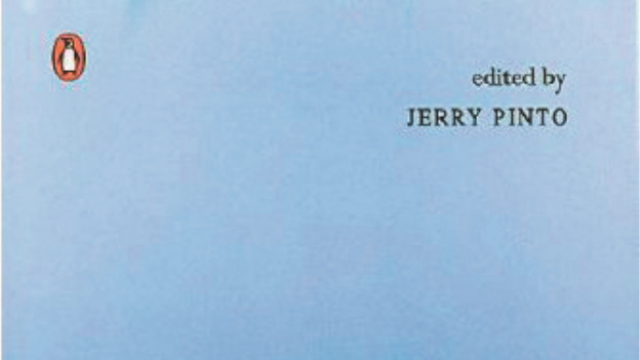The cover of Reflected in Water — Writings on Goa, edited by Jerry Pinto (Penguin, Rs 395), shows an unfamiliar horizon and some tricyle-transporters that I have never seen in use in India’s smallest state. The byline — cleverly — reveals only the name of the photographer. But a quick Internet search proved what I suspected: that Penguin India falls far below meticulous international standards and is downright lazy. The picture isn’t of Goa at all, but of Digha in West Bengal. What an arrogant affront to the reader’s IQ. What lies beneath Digha, though, is good.
The anthology includes the quaint; period travels of the Dutchman John van Linschoten and the British subaltern Richard F. Burton. There is an astonishingly insightful essay by Richard Lannoy on the amalgamation of cultures in Goa. And Alexander Frater’s unpretentious take on Goa’s thunderous monsoon vividly depicts Goa’s dreamiest season.
But it’s William Dalrymple who really takes the dodol. India’s unofficially official court historian who popped up there and everywhere of late is now here: with a smug interpretation of Goa hinging entirely upon the senile mumbles of a grumbling Donna Georgina, an aristocrat of the “wish-the-Portuguese-were-still-here” and “we-hate-India” kind, never mind the horrendous Inquisitions, the forcible and bloody conversions, and the third-class treatment meted out even to Goa’s so-called ‘Catholic Brahmins’ by their colonial masters.
Writings come into its own only through the writings of Goa’s own. Teotonio de Souza is fascinating on Goa and the opium wars, Frederic Noronha on a character in Alexander Dumas’ Count of Monte Cristo from our very own Goan village of Candolim. There are nostalgic essays on tiatr (folk theatre) and Konkani cinema, Vivek Menezes reveals the man behind the legend that was artist Francis Newton Souza. Gourmand Antoine Lewis tells us how the Portuguese gave us chillies, mangoes and vinegar, and Laxmanrao Sardessai bemoans the near-passing of the humble poi, or Goan bread, and its makers. Manohar Malgaonkar is masterly on the Manguesh temple, while Mario Cabral e SA’s meticulous research on some remarkable Portuguese women in Goa is as absorbing as frustrating in the incompleteness of the excerpt. And finally, there is George Menezes’ hilarious lament at the passing of good manners in his home state.
Unwittingly, Menezes — himself of one of Goa’s boas families or noble families — ends with a fitting put-down to Dalrymple’s moaning dowager: “Behind the veneer of stuffed sofas with lace back-covers, Macau furniture….you will find filthy toilets and pillow-covers pale green from a marriage of hair oil and fungus,” he writes….”Thank God for some cultured non-Goans who have come to stay!”
All in all, a thinking-traveller’s tome. Buy it if you’re headed for Goa — not Digha.




